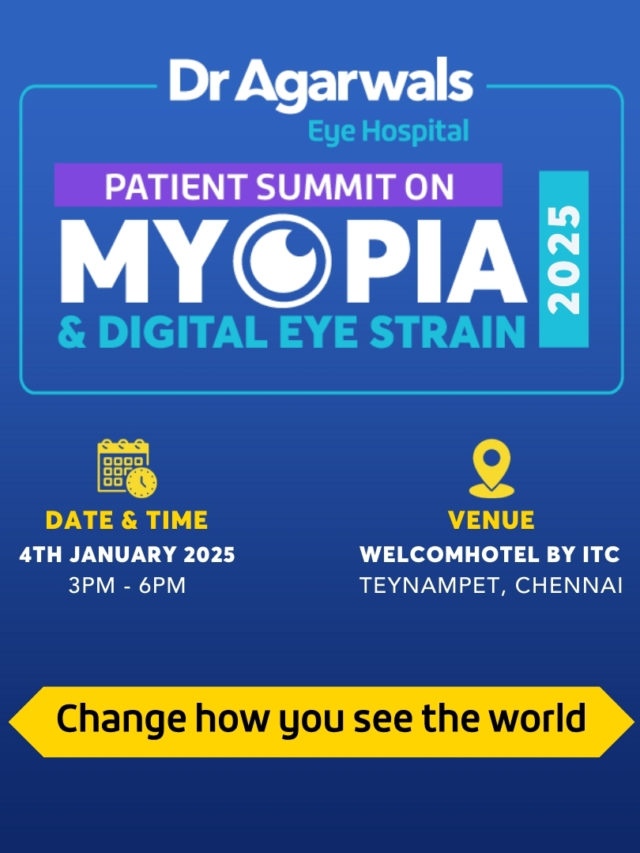When we think of workplace hazards, most of us envision loud machinery, slippery floors, or the risk of electrical accidents. But what many don’t realize is that one of the most overlooked risks in industrial settings is damage to the eyes. Whether you’re operating heavy machinery, working in construction, or handling chemicals, your eyes are at constant risk of injury. In fact, according to the Centers for Disease Control and Prevention (CDC), approximately 2,000 U.S. workers suffer eye injuries every day, many of which are preventable with the right precautions.
The Hidden Danger: Workplace Eye Injuries
Industrial work environments pose unique challenges to eye health. Workers in these settings are exposed to a variety of threats that can cause eye injuries, ranging from physical impacts to chemical burns. These injuries not only result in pain and discomfort but can also lead to long-term vision impairment, or even permanent blindness. Understanding the types of eye hazards in industrial settings is crucial for developing effective eye safety protocols.
1. Flying Objects and Debris
In many industrial settings—construction sites, factories, and laboratories—workers are exposed to airborne particles such as dust, wood chips, metal shavings, and broken glass. These particles can easily fly into the eyes, causing corneal abrasions, lacerations, or more serious injuries. The velocity of these objects, combined with their sharp edges, can be highly damaging to the eye’s delicate structure.
2. Chemical Splashes:
Workers handling harsh chemicals, solvents, acids, or cleaning agents face an increased risk of chemical splashes. Chemicals can cause severe damage to the eyes, ranging from irritation to permanent blindness. Even simple household products, when handled improperly, can lead to disastrous eye injuries.
3. UV Radiation Exposure:
Workers who spend long hours outdoors or in areas with intense lighting (like welding) are exposed to ultraviolet (UV) radiation. While UV radiation is beneficial in small doses (such as the production of vitamin D), overexposure can lead to eye problems like cataracts, macular degeneration, and even damage to the cornea. Welders, in particular, are at risk of a condition called “flash burn,” a painful and temporary condition caused by UV radiation from the welding arc.
4. Impact and Blunt Force Trauma:
Accidental impact from tools, machinery, or even a sudden fall can result in blunt trauma to the eye, leading to bruising, swelling, or internal damage. Though these injuries may seem less serious at first, they can cause significant long-term damage, including retinal detachment and damage to the optic nerve.
5. Dust and Particulate Matter:
In environments such as woodworking shops, mines, and cement factories, workers are exposed to fine dust and particulate matter. These particles can irritate the eyes, causing redness, dryness, and discomfort. Over time, chronic exposure to dust can lead to conditions like dry eye syndrome or even permanent damage to the cornea.
The Impact of Eye Injuries on Workers and Employers
Eye injuries can have a profound impact on both workers and employers. For workers, the consequences can be life-changing, resulting in lost time, medical expenses, and long-term health issues. Severe injuries can cause workers to miss significant amounts of work, leading to loss of income and job insecurity. In some cases, eye injuries may require surgery or long-term treatment, affecting the worker’s quality of life.
For employers, workplace eye injuries translate to increased healthcare costs, workers’ compensation claims, and lost productivity. According to the CDC, businesses spend approximately $300 million each year on workers’ compensation claims related to eye injuries. Additionally, workers who are injured may need to take extended leaves of absence, which can affect the overall efficiency and morale of the team.
Steps to Protect Your Eyes in Industrial Settings
The good news is that most eye injuries are preventable with the right precautions and practices in place. Ensuring eye safety in industrial settings requires a proactive approach that involves workers, employers, and safety regulators. Here’s a comprehensive guide on how to protect your eyes in the workplace:
1. Wear Proper Eye Protection
The most effective way to prevent eye injuries in the workplace is by wearing the appropriate eye protection. Depending on the type of work being performed, this could include:
- Safety Glasses: These are essential for protection against flying debris, dust, and other airborne particles. They should fit snugly and have side shields to provide full coverage. Safety glasses come in different types, such as those designed for impact resistance, chemical splash resistance, or UV protection.
- Goggles: For tasks that involve exposure to hazardous chemicals or liquids, goggles offer a higher level of protection. They create a seal around the eyes to prevent foreign substances from entering the eye. Goggles are especially important for lab workers, welders, and those handling chemicals.
- Face Shields: In situations where there is a risk of flying debris or chemical splashes, a full-face shield should be worn in conjunction with safety glasses or goggles. Face shields protect not just the eyes but also the face, neck, and chin from potential injury.
- Welding Helmets: Welders should wear helmets that provide protection from both flying debris and UV radiation. The helmet’s lens should be able to filter out harmful UV rays and provide a clear view of the welding area.
2. Understand and Assess Hazards
The first step in any workplace safety program is to understand the specific risks workers face. Regularly assess the environment for potential eye hazards and address any risks that are identified. For example, are there areas with high levels of airborne dust? Are chemicals being handled without adequate protective equipment? Conducting a risk assessment can help identify areas where safety measures need to be improved.
3. Implement Safety Training
Eye safety should be a priority in workplace safety training programs. Workers must be educated on the types of hazards they might face and the proper use of eye protection. Regular training ensures that employees are aware of the importance of wearing safety gear, know how to inspect their equipment for damage, and understand when to replace it. Training should also include guidelines on how to react in case of an eye injury, such as how to flush the eye with water in the event of a chemical splash or how to seek medical attention for serious injuries.
4. Create a Culture of Safety
Eye safety should not be an afterthought. It should be an integral part of the workplace culture, with clear policies and regular reminders. Employers can create a culture of safety by encouraging workers to report unsafe conditions and offering incentives for safe practices. Safety reminders can be posted in high-risk areas, and personal protective equipment (PPE) should be made readily available and easily accessible.
5. Regular Eye Check-ups
Preventive eye care should be part of a comprehensive workplace health program. Offering regular eye check-ups for workers is a great way to detect any early signs of vision problems. Workers should be encouraged to seek professional eye exams, particularly if they are experiencing eye strain, dryness, or discomfort. Early detection can help address problems before they develop into more serious conditions.
6. Maintain Clean and Safe Workspaces
A clean, organized, and well-maintained workspace is crucial for reducing the risk of eye injuries. Spills, clutter, and poorly maintained equipment increase the likelihood of accidents. Employers should ensure that workplaces are free of debris and hazardous substances and that all equipment is in good working order. Providing adequate lighting and ventilation can also reduce eye strain and minimize the risk of injury.
7. Encourage Rest and Breaks
Eye strain is a common issue for workers who spend long hours looking at screens or performing tasks that require intense focus. Encourage employees to take regular breaks, especially if they are working with computers or machinery. The 20-20-20 rule is a good guideline: every 20 minutes, look at something 20 feet away for at least 20 seconds. This simple practice can help reduce eye fatigue and prevent long-term vision problems.
Your Eyes Are Worth Protecting
Industrial settings are inherently risky, but eye injuries don’t have to be an inevitable part of the job. With the right precautions, training, and protective equipment, workers can significantly reduce the risk of eye injuries. As an employer, investing in eye safety is not only a moral responsibility but also a smart business decision. By safeguarding your workers’ eyes, you’re protecting their well-being, your company’s productivity, and, most importantly, your bottom line.
Remember, your eyes are irreplaceable. Take the time to protect them today, so you can continue seeing the world clearly tomorrow.









